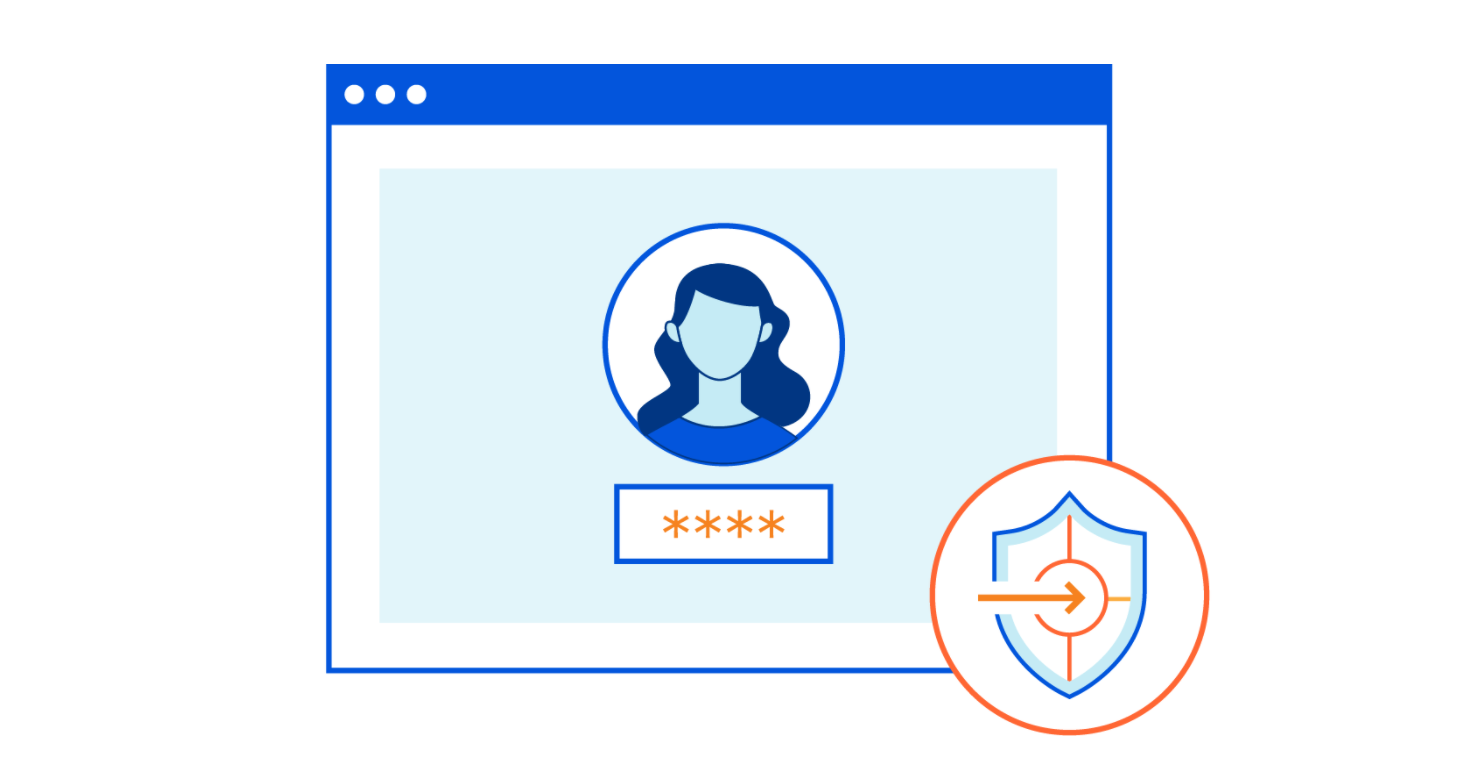
Over the last few years, Zero Trust, a term coined by Forrester, has picked up a lot of steam. Zero Trust, at its core, is a network architecture and security framework focusing on not having a distinction between external and internal access environments, and never trusting users/roles.
In the Zero Trust model, the network only delivers applications and data to authenticated and authorized users and devices, and gives organisations visibility into what is being accessed and to apply controls based on behavioral analysis. It gained popularity as the media reported on several high profile breaches caused by misuse, abuse or exploitation of VPN systems, breaches into end-users’ devices with access to other systems within the network, or breaches through third parties — either by exploiting access or compromising software repositories in order to deploy malicious code. This would later be used to provide further access into internal systems, or to deploy malware and potentially ransomware into environments well within the network perimeter.
When we first started talking to CISOs about Zero Trust, it felt like it was just a buzzword, and CISOs were bombarded with messaging from different cybersecurity vendors offering them Zero Trust solutions. Recently, another term, SASE (Secure Access Services Edge), a framework released by Gartner, also came up and added even more confusion to the mix.
Then came COVID-19 in 2020, and with it the reality of lockdowns and remote work. And while some organizations took that as an opportunity to accelerate projects around modernising their access infrastructure, others, due to procurement processes, or earlier technology decisions, ended up having to take a more tactical approach, ramping up existing remote access infrastructure by adding more licenses or capacity without having an opportunity to rethink their approach, nor having an opportunity to take into account the impact of their employees’ experience while working remotely full time in the early days of the pandemic.
So we thought it might be a good time to check on organizations in Asia Pacific, and look at the following:
- The pandemic’s impact on businesses
- Current IT security approaches and challenges
- Awareness, adoption and implementation of Zero Trust
- Key drivers and challenges in adopting Zero Trust
In August 2021, we commissioned a research company called The Leading Edge to conduct a survey that touches on these topics. The survey was conducted across five countries — Australia, India, Japan, Malaysia, and Singapore, and 1,006 IT and cybersecurity decision-makers and influencers from companies with more than 500 employees participated.
For example, 54% of organisations said they saw an increase in security incidents in 2021, when compared to the previous year, with 83% of respondents who experienced security incidents saying they had to make significant changes to their IT security procedures as a result.

And while the overall APAC stats are already quite interesting, I thought it would be even more fascinating to look at the unique characteristics of each of the five countries, so let’s have a look:
Australia
Australian organisations reported the highest impact of COVID-19 when it comes to their IT security approach, with 87% of the 203 respondents surveyed saying the pandemic had a moderate to significant impact on their IT security posture. The two biggest cities in Australia (Sydney and Melbourne) were in lockdown for over 100 days, each in the second half of 2021 alone. With the extensive lockdowns, it’s not a surprise that 48% of respondents reported challenges with maximising remote workers’ productivity without exposing them or their devices to new risks.
With 94% of organisations in Australia having reported they will be implementing a combination of return to office and work from home, building an effective and uniform security approach can be quite challenging. If you combine that with the fact that 62% saw an increase in security incidents over the last year, we can safely assume IT and cybersecurity decision-makers and influencers in Australia have been working on improving their security posture over the last year, even though 40% of respondents indicated they struggled to secure the right level of funding for such projects.
Australia seems to be well advanced on the journey into implementing Zero Trust when compared to other four countries included in the report, with 45% of the organisations that have adopted Zero Trust starting their Zero Trust journey over the last one to four years. Australian organisations have always been known for fast cloud adoption, and even in the early 2010s Australians were already consuming IaaS quite heavily.
India
When compared to the other countries in the report, India has a very challenging environment when it comes to working from home, with Internet connectivity being inconsistent, even though there’s been significant improvement in internet speeds in the country, and problems like power outages regularly occurring in certain areas outside of city centres. Surprisingly, the biggest challenge reported by Indian organisations was that they could benefit from newer security functionality, which goes to show that legacy security approaches are still widely present in India. Likewise, 37% of the respondents reported that their access technologies are too complex, which supports the previous point that newer security functionality would be beneficial to the same organisations.
When asked about their concerns around the shift in how their users will access applications, one of the biggest concerns raised by 59% of the respondents was around applications being protected by VPN or IP address controls alone. This shows Zero Trust would fit really well with their IT strategy moving forward, as controls can now be applied to users and their devices.
Another interesting point to make, and where Zero Trust can be leveraged, is 65% of respondents saying internal IT and security staff shortage and cuts is a huge challenge. Most security technologies out there would require special skills to build, maintain and operate, and this is where simplifying access with the right Zero Trust approach could really help improve the productivity of those teams.
Japan
When we look at the results of the survey across all five countries, it’s fairly obvious that Japan didn't seem to have quite the same challenges as the other countries when the pandemic started. Businesses continued to operate normally for most of 2020 and 2021, which would explain why the impact wasn’t in line with the other countries. Having said that, 51% of the respondents surveyed in Japan still reported they saw a moderate to significant impact in their IT security approach, which is still significant, even though lower than the other countries.
Japanese organisations also reported an increase in the number of security incidents, which supports the fact that even though the impact of the pandemic wasn’t as severe as in other countries, 45% of the respondents still reported an increase in security incidents, and 63% still had to make changes to their IT security procedures as a direct result of incidents.
Malaysia
Malaysia rated second highest (at 80%) in our report on the impact the pandemic has had on organisations’ IT security approach, and rated highest on both employees using their home networks and using personal devices for work, at 94% and 92% respectively. From a security perspective, that poses a significant impact to an organization's security posture and increases the attack surface for an organisation substantially.
From a risk perspective, Malaysian organisations rated lack of management over employees’ devices pretty highly, with 65% of them expressing concerns over it. Other areas worth calling out were applications and data being exposed to the public Internet, and lack of visibility into staff activity inside applications.
With 57% of the respondents calling out an increase in security incidents when compared to the previous year, 89% of the respondents said they had to make significant changes to their IT security procedures due to either security incidents or attack attempts against their environments.
Singapore
In Singapore, 79% of IT and cybersecurity decision-makers and influencers reported that the pandemic has impacted their IT security approach, and two in five organisations said they could benefit from more modern security functionality as a direct result of the impact caused by the pandemic. 52% of the organisations also reported an increase in security incidents compared to 2020, with almost half having seen an increase in phishing attempts.
Singaporean organisations were also not immune to a significant increase in IT security spend as a direct result of the pandemic, with 62% of them having reported more investment in security. Some of the challenges these organisations were facing were related to applications being directly exposed to the public Internet, limited oversight on third party access and applications being protected by username and password only.
While Singapore is known for high speed home Internet, it was quite a surprise for me to see that 40% of organisations surveyed reported issues with latency or slow connectivity into applications via VPN. This goes to show that the problem of concentrating traffic into a single location can impact application performance even across relatively small geographies, and even if bandwidth is not necessarily a problem, like what happens in Singapore.
The work in IT security never stops
While there were distinct differences in each country around IT security posture and Zero Trust adoption, across Asia Pacific, the similarities are what stand out the most:
- Cyberattacks continue to rise
- Flexible work is here to stay
- Skilled in-house IT security workers are a scarce resource
- Need to educate stakeholders around Zero Trust
These challenges are not easy to tackle, add to these the required focus on improving employee experience, reducing operational complexities, better visibility into 3rd party activity, and tighter controls due to the increase in security incidents, and you’ve got a heck of a huge responsibility for IT.
And this is where Cloudflare comes in. Not only have we been helping our employees work security throughout the pandemic, we have also been helping organisations all over the globe streamline their IT security operations when it comes to users accessing applications through Cloudflare Access, or securing their activity on the Internet through our Secure Web Gateway services, which even includes controls around SaaS applications and browser isolation, all with the best possible user experience.
So come talk to us!

